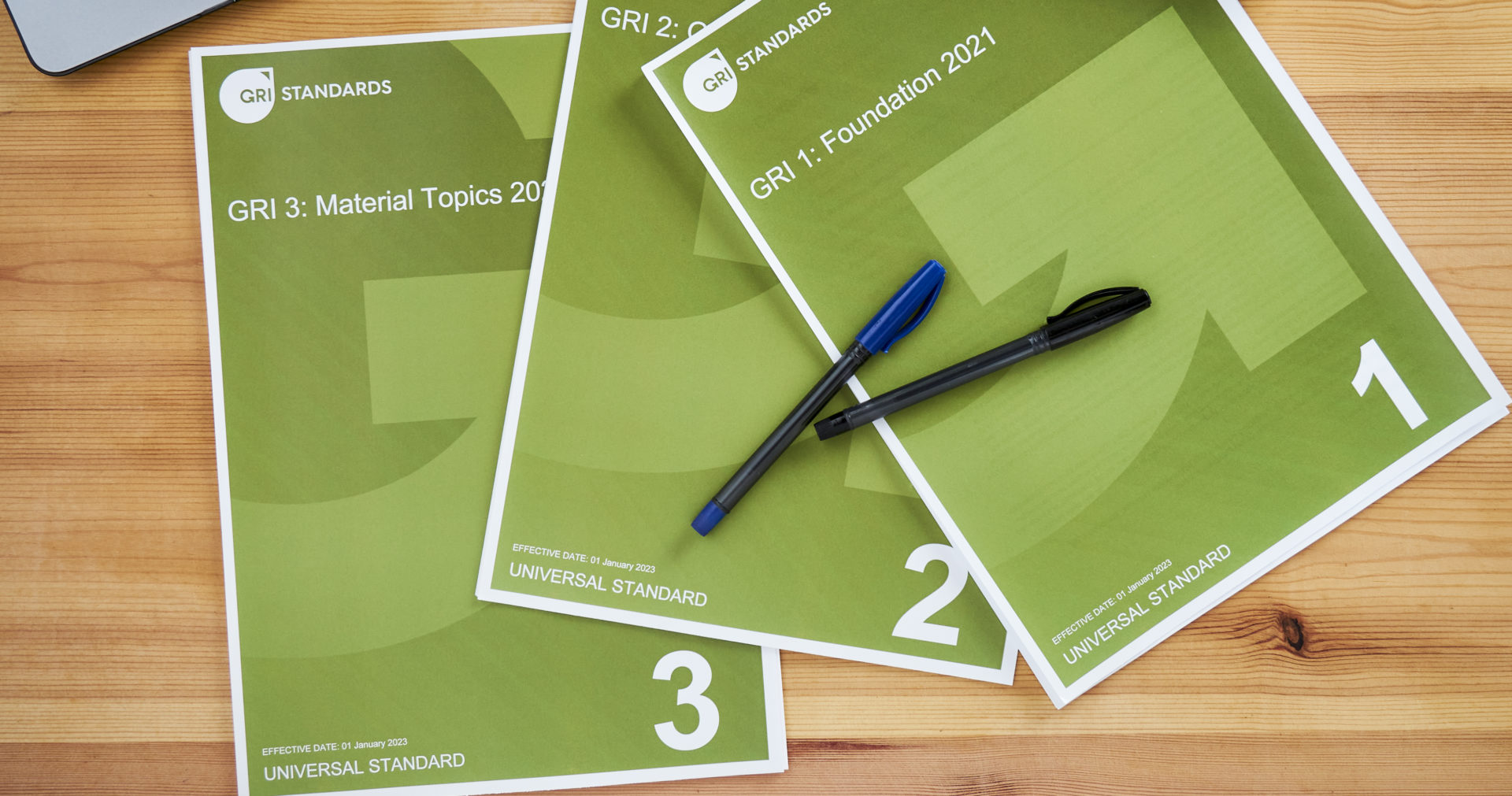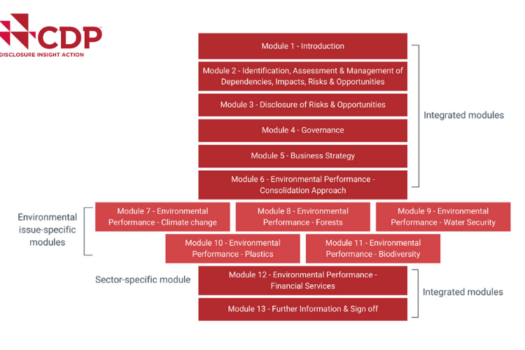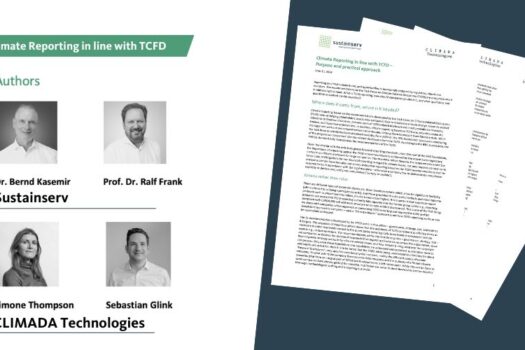
The recently released updated GRI Universal Standards are meant to ensure better and more consistent sustainability reporting and imply significant changes in sustainability management and reporting practices. The new GRI Standards will be effective for reports published on or after January 1, 2023.
Why revise and what are the changes?
To meet growing demand from stakeholders for transparency, GRI revised its Universal Standards in 2021. At the highest level, the revisions address the integration of human rights, how materiality is determined and growing regulatory requirements.
The chief goals of the revisions include:
- Encourage more relevant and comprehensive reporting
- Provide greater clarity on GRI key concepts, reporting principles and disclosures
- Improve the usability of the GRI Standards
- Drive consistent application
- Embed mandatory human rights-related disclosures
- Integrate reporting on due diligence
- Clarify approaches for using GRI Standards and demonstrating compliance
The new Universal Standards are aligned with the UN Guiding Principles on Business and Human Rights, the OECD Guidelines for Multinational Enterprises, the OECD Due Diligence Guidance for Responsible Business Conduct and the ICGN Global Governance Principles.
A number of leading standards organizations around the world have expressed public support of the revisions, including the UN Working Group on Business and Human Rights, the OECD Centre for Responsible Business Conduct, Sustainable Markets with UN-PRI (Principles for Responsible Investment), the International Organisation of Employers, the International Trade Union Confederation, the Interfaith Center on Corporate Responsibility and Shift, the center of expertise on the UN Guiding Principles.
These are the main revisions to the Universal Standards
Abandonment of “Core” and “Comprehensive” reporting options.
Now there is just one way to report in accordance with GRI Standards.
Major changes within former GRI 102 (now GRI 2) – all now mandatory disclosures.
GRI left no stone unturned: Many previous disclosures were combined into fewer disclosures; new disclosures were added and some were removed, and others were moved to GRI 1 or GRI 3. Consequently, there are many more mandatory requirements for current “core reporters,” especially regarding Corporate Governance and the highest governance body’s involvement in sustainability management.
Revised approach to determining materiality of topics.
The revised approach to materiality incorporates the concept of due diligence, reflecting expectations for companies to manage their sustainability impacts. Now, only “Impact on people and planet” defines what makes a topic material. The criteria “Relevance to Stakeholder Decision Making” has been abandoned.
Raised bar for human rights reporting.
Now three mandatory disclosures address human rights, including reporting on the company’s human rights policy and its scope of application, due diligence process and remediation approach. In addition, for material topics having an impact on human rights, it is required to describe the impacts and disclose their identification process.
Increased focus on impact reporting.
Not only does impact now determine the materiality of a topic, but there also are new requirements to actually report what the impacts are and what actions are taken to address the negative impacts (or manage positive impacts).
Introduction of sector-specific standards.
To promote consistent reporting on sector-specific impacts, GRI’s plan is to develop about 40 Sector Standards. Following the oil and gas Sector Standard that was published together with the new Universal Standards, standards for coal, mining, agriculture, aquaculture and fishing are under development. The next sectors to be prioritized are food and beverage, textiles and apparel, banking, insurance, asset management, utilities, renewable energy, forestry and metal processing. The full list of these can be found here.
GRI standards remain modular, now with three components: Universal Standards, Topic Standards and Sector Standards. Companies are required to use the applicable Sector Standards if one is available.
GRI Trainings by Sustainserv
Sustainserv offers GRI certified trainings on the new GRI Standards. Keep an eye on our GRI Training page and our LinkedIn and Twitter channel for announcements.
Our opinion of the revisions
We strongly favor the revisions for three reasons.
First, the new standards are easier to understand and provide clearer guidance for companies that currently report according to GRI Standards.
Second, with a more streamlined framework, the GRI Standards Update is compatible with Switzerland’s Responsible Business Initiative Counter Proposal Legislation and thus will ease reporting on upcoming legal requirements in Switzerland.
Finally, the GRI Universal Standards revisions are best positioning companies to respond to the emerging regulatory requirements around the EU’s Corporate Sustainability Reporting Directive (CSRD).
Our recommendations for adjusting to the revised standards
Because the new standards apply to GRI reports published on or after January 1, 2023, reporting cycles that begin in 2022 will already need to comply. Our recommendations for clients include four primary action items:
- Do a detailed Gap Analysis immediately after publishing your 2021 GRI report.
- Do a new Materiality Assessment to update your company’s materiality through the lens of impact on people and planet (at a minimum, evaluate impacts of existing material topics on people and planet).
- Embark on human rights due diligence and develop a human rights policy if you haven’t done so yet.
- Prepare data and information collection early in the year to give yourself time to adjust to the revised mandatory disclosure requirements.
Get in touch. We are happy to tell you more about it.






